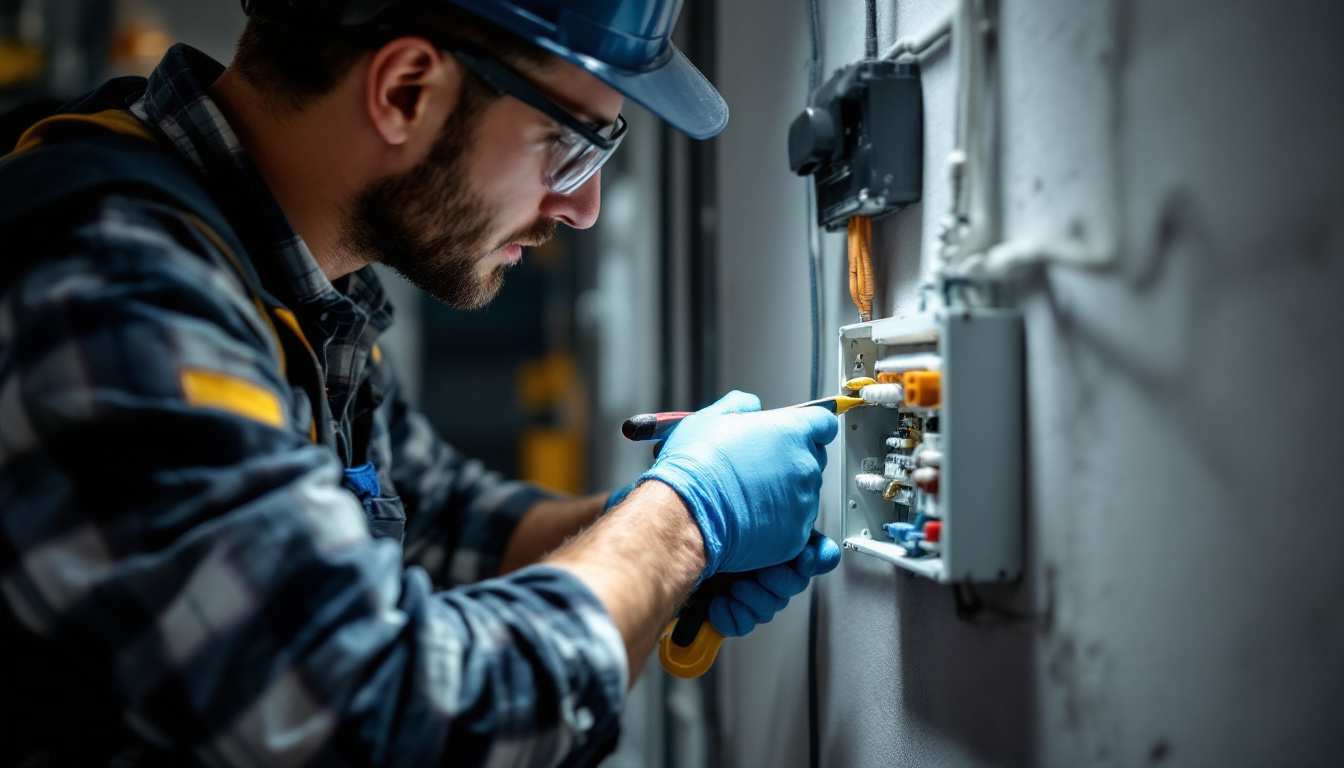
As a lighting contractor, understanding the intricacies of electrical junction box extensions is crucial for ensuring safety, compliance, and efficiency in your projects. Whether you’re working on residential or commercial installations, the ability to properly extend junction boxes can significantly impact the quality of your work. This article provides key tips and insights to help lighting contractors navigate the complexities of junction box extensions effectively.
Junction boxes serve as essential components in electrical systems, providing a safe enclosure for electrical connections. They protect wiring from damage and prevent accidental contact with live wires. For lighting contractors, knowing the types of junction boxes and their applications is fundamental. Proper installation not only enhances the safety of the electrical system but also contributes to the overall efficiency of the electrical network, ensuring that power is distributed effectively without unnecessary interruptions.
There are several types of junction boxes available, each designed for specific applications. Common types include:
Choosing the right type of junction box is essential for ensuring the longevity and safety of the electrical system. Additionally, the installation location can influence the choice; for example, a junction box installed in an attic may require different specifications compared to one placed in a basement or crawl space, where humidity levels can fluctuate significantly.
Adhering to local electrical codes is paramount when installing or extending junction boxes. These codes dictate the size, type, and installation methods for junction boxes. Failure to comply can result in safety hazards and costly rework. Moreover, non-compliance can lead to insurance issues or complications during property sales, as potential buyers may be wary of electrical systems that do not meet established safety standards.
Lighting contractors should familiarize themselves with the National Electrical Code (NEC) and any local amendments that may apply. Regular updates and training can help ensure compliance and promote best practices. Furthermore, understanding the rationale behind these codes can empower contractors to make informed decisions that enhance both safety and performance. For instance, knowing why certain materials are preferred in specific environments can lead to better project outcomes and increased client satisfaction. Additionally, engaging with local electrical inspectors can provide valuable insights into common pitfalls and best practices in the area, fostering a collaborative approach to electrical safety and compliance.
Extending a junction box may be necessary in various situations, particularly when adding new lighting fixtures or making modifications to existing electrical systems. Understanding when an extension is required can help prevent potential issues down the line.
When installing new lighting fixtures, it is essential to assess the existing junction box’s capacity. If the box is too small to accommodate additional wires or fixtures, an extension is necessary. This ensures that all connections are secure and that the box can handle the electrical load.
Lighting contractors should also consider the placement of the new fixtures. Proper positioning can enhance the overall effectiveness of the lighting while ensuring compliance with safety standards. For instance, fixtures placed in areas with high ceilings might require specific types of junction boxes that can withstand the additional strain of longer wiring runs. Moreover, the aesthetic appeal of the lighting can be significantly impacted by the placement, making it crucial to plan carefully to achieve the desired ambiance in the space.
In cases where existing lighting systems are being modified, extending a junction box may be required to facilitate new wiring configurations. This is particularly relevant when relocating fixtures or adding dimmer switches. It’s important to note that any modifications should also take into account the existing wiring’s condition, as older wiring may not be compatible with newer fixtures or technologies.
By carefully planning modifications and extensions, contractors can maintain the integrity of the electrical system and ensure optimal performance. Additionally, understanding local building codes and regulations is vital, as these can dictate the specific requirements for junction box extensions. For example, certain areas may require a specific type of junction box material or size based on the electrical load and environmental conditions, such as moisture levels in bathrooms or outdoor spaces. This attention to detail not only enhances safety but also contributes to the longevity and reliability of the electrical system.
Implementing best practices when extending junction boxes can streamline the process and enhance safety. Here are some key tips for lighting contractors to consider:
One of the most critical aspects of extending a junction box is ensuring that the new box is adequately sized. The box must provide enough space for all wires and connections while allowing for proper airflow. A box that is too small can lead to overheating and potential fire hazards.
As a rule of thumb, the volume of the junction box should be calculated based on the number of conductors and devices it will house. This calculation ensures compliance with electrical codes and promotes safety.
Ensuring secure connections is vital when extending a junction box. Loose connections can lead to arcing, which poses significant safety risks. Use appropriate connectors and ensure that all wires are firmly secured within the junction box.
Additionally, consider using wire nuts or other suitable connectors to maintain a reliable electrical connection. Regularly inspecting these connections can help identify potential issues before they escalate.
For junction boxes located in damp or outdoor environments, sealing and protection are essential. Use weatherproof junction boxes and ensure that all openings are properly sealed to prevent moisture ingress.
For indoor installations, consider using grommets or bushings to protect wires from abrasion and damage. This added layer of protection can extend the life of the electrical system and enhance safety.
Having the right tools and materials on hand is crucial for successful junction box extensions. Here are some essential items that lighting contractors should consider:
Investing in high-quality tools can improve efficiency and ensure that installations are completed to a high standard.
In addition to tools, having the right materials is essential for junction box extensions. Key materials include:
Keeping a well-stocked inventory of tools and materials can help contractors work more efficiently and effectively.
Even experienced lighting contractors can make mistakes when extending junction boxes. Being aware of common pitfalls can help avoid costly errors and ensure successful installations.
One of the most significant mistakes is neglecting to adhere to local electrical codes. Failing to comply can result in fines, rework, and safety hazards. Always double-check local regulations and ensure that all installations meet code requirements.
Regular training and updates on code changes can help contractors stay informed and compliant.
Rushing into a junction box extension without proper planning can lead to mistakes. Take the time to assess the project requirements, including the number of fixtures, wiring needs, and box placement. A well-thought-out plan can save time and resources in the long run.
Consider creating a checklist to ensure that all aspects of the extension are accounted for before beginning work.
Overloading a junction box is a common mistake that can lead to overheating and potential fire hazards. Always calculate the load capacity of the junction box and ensure that it is not exceeded. This includes considering the total wattage of all connected fixtures and devices.
By adhering to load limits, contractors can promote safety and prevent future issues.
Electrical junction box extensions are a vital aspect of lighting installations, and understanding the best practices, tools, and common mistakes can enhance a contractor’s effectiveness. By adhering to code compliance, planning adequately, and using the right materials, lighting contractors can ensure safe and efficient installations.
As the demands of the industry evolve, staying informed and continuously improving skills will help contractors deliver high-quality work that meets the needs of their clients. Emphasizing safety and compliance will not only protect the contractor but also ensure the satisfaction of those who rely on their expertise.
Ready to take your lighting installations to the next level? At LumenWholesale, we provide lighting contractors like you with the highest quality, spec-grade lighting products at prices that can’t be beaten. Say goodbye to local distributor markups and hello to our extensive selection that meets rigorous industry standards. With free shipping on bulk orders, you can stock up on reliable, high-performance lighting solutions and enjoy the best value without any hidden fees. Elevate your next project with the confidence that comes from using premium products. Wholesale Lighting at the Best Value is just a click away. Experience the LumenWholesale difference today!
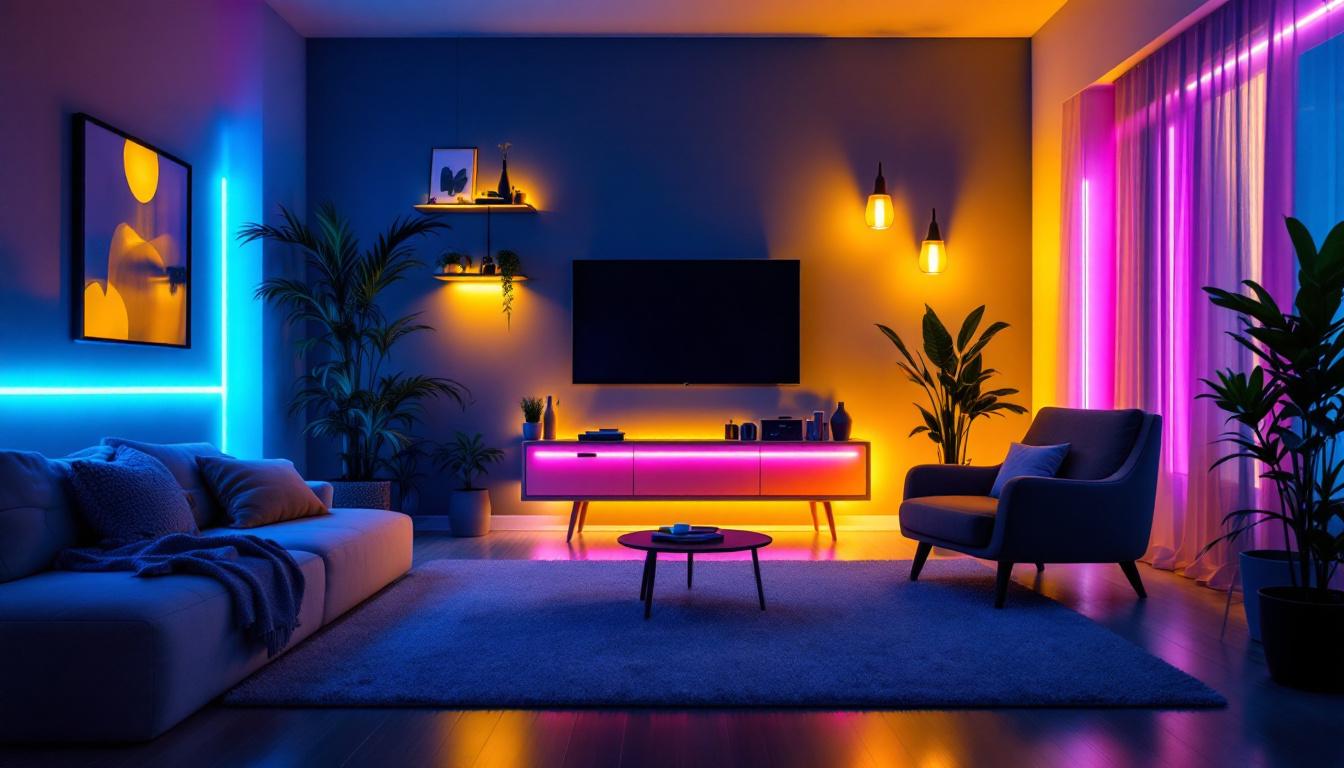
Explore the transformative impact of LED strip lights in contemporary lighting solutions.
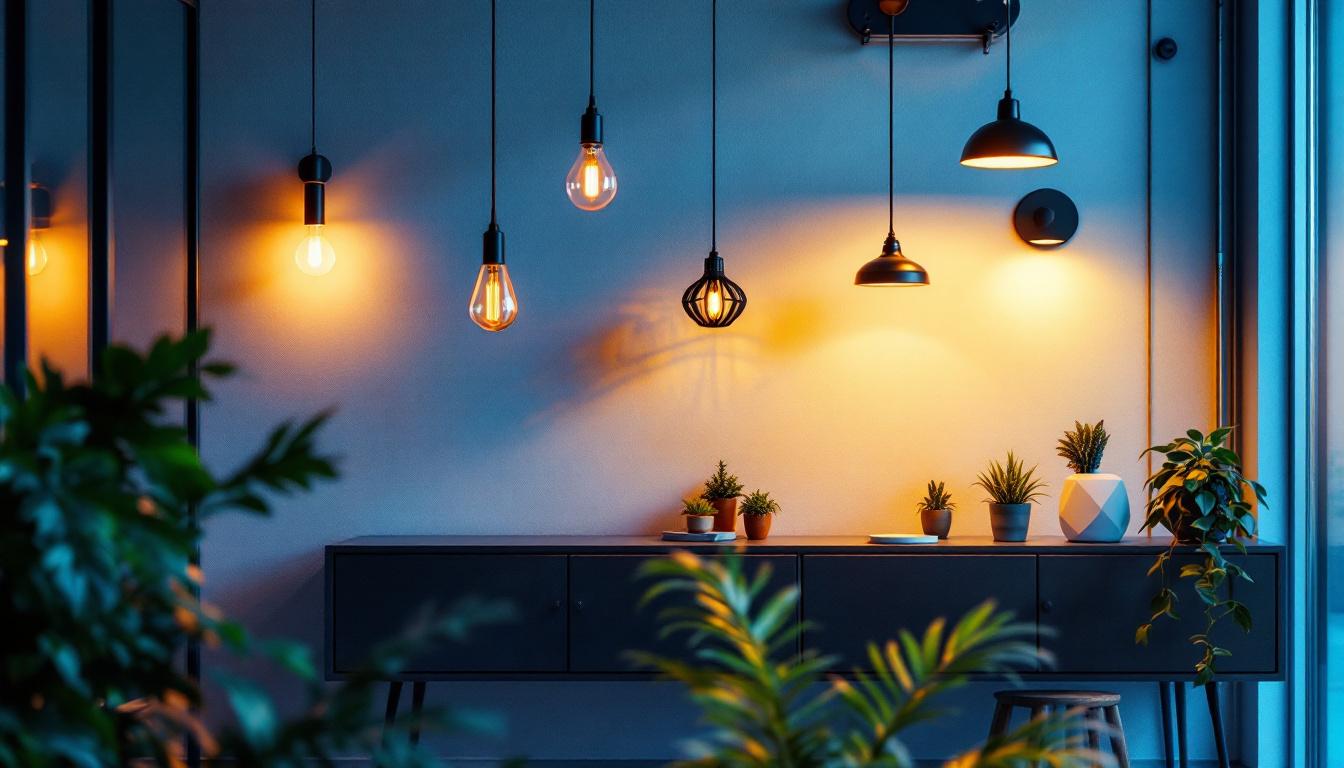
Discover how strategic lighting installations can enhance workplace productivity and profitability.
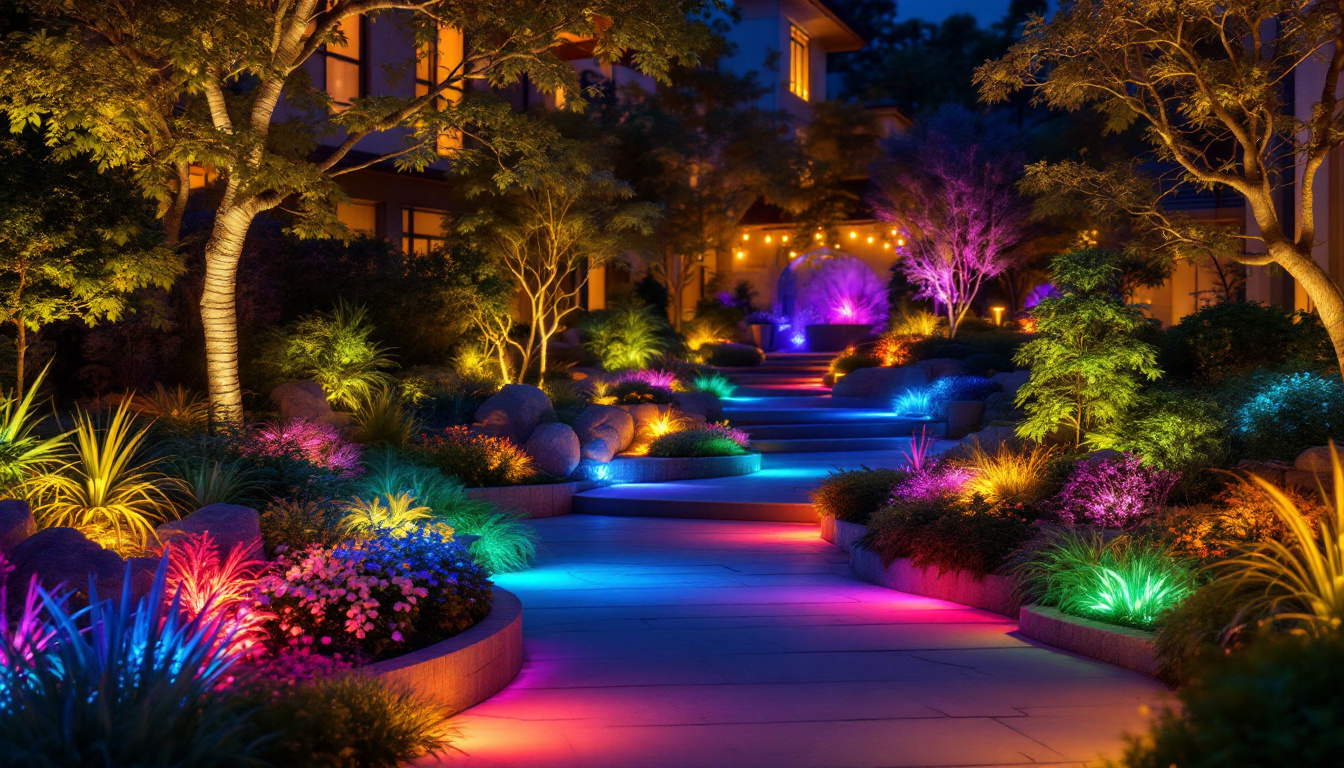
Illuminate your projects with expertise! Discover essential tips for lighting contractors on selecting and installing colored outdoor lights to enhance any space.
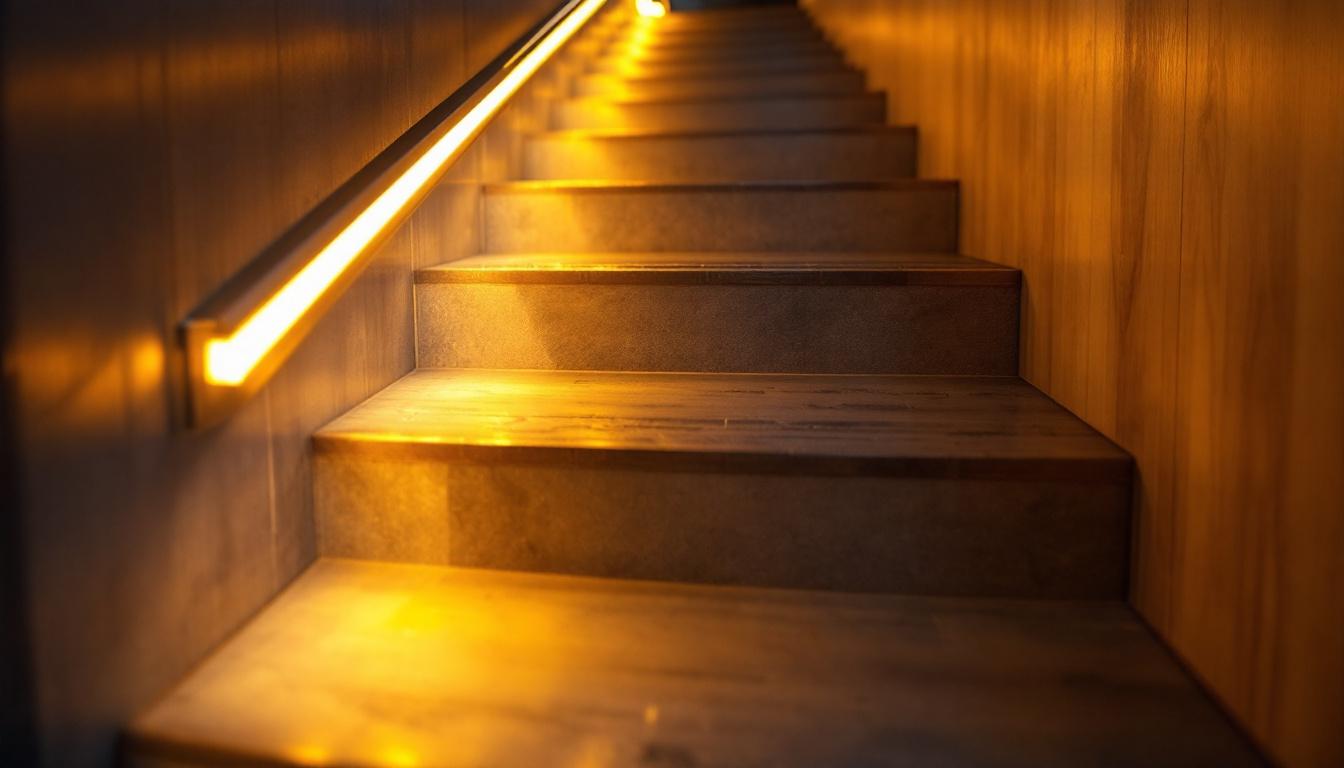
Discover expert advice on LED staircase lights, learn how to enhance safety and aesthetics, and boost your lighting projects—get started with our proven tips today!.